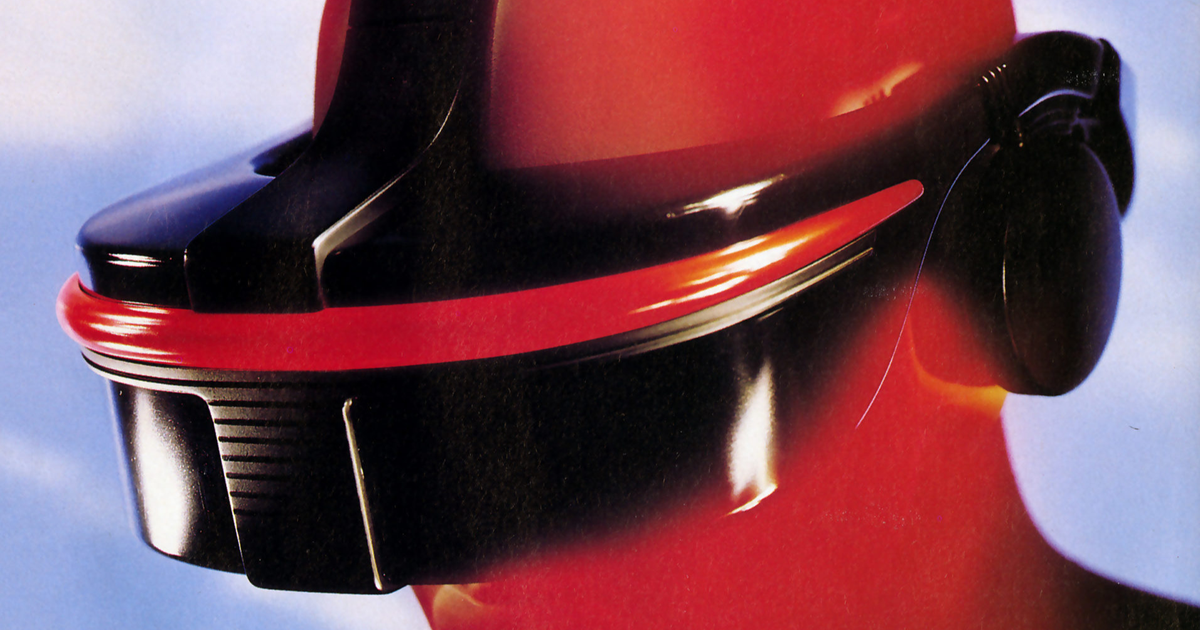
In the early ’90s, Sega had bold plans for a virtual reality headset peripheral for its Genesis console. Those plans never came to fruition, and Sega’s foray into VR and the games that were developed for it never saw the light of day.
Until now.
Nuclear Rush, a game developed for Sega VR, has been reborn thanks to a joint effort between the Video Game History Foundation‘s Rich Whitehouse and Gaming Alexandria‘s Dylan Mansfield. Mansfield managed to get ahold of developer Kenneth Hurley, who found a CD-ROM of Nuclear Rush, igniting a journey that led to an emulated version of the once-lost game, now playable on the much more modern HTC Vive Cosmos.
[embedded content]
As this video shows, there’s no question that this game was developed in the early ’90s between the bulky HUD at the bottom of the screen, the 2D art assets in a 3D space, and the chunky movements.
Despite looking like such a simple game, it wasn’t easy to get Nuclear Rush into this workable state. Whitehouse explains in detail his process of poring over the game’s code for bugs, running tests, and tweaking or removing bits of language to get it to actually play. He also used clues from the game’s code that referenced drivers to create an emulator that would run it, effectively turning the Vive into a Sega VR headset in all ways but physical.
And thus, despite Sega’s cancellation, the Sega VR has been reborn.
What happened to the original?
Sega didn’t keep its VR project a secret at all. It was featured in the company’s own magazine and shown off at the 1993 Summer Consumer Electronics Show.
[embedded content]
Sega canned the headset because the company felt this new technology was too realistic, to the point that there were worries about player safety, enthusiast news site Sega-16 reported back in 2004. Just by looking at it, we can assume that’s some PR spin to cover up the real culprit, according to the 2004 report: Headaches and motion sickness.
The Sega VR headset featured a refresh rate of 30 Hz. This spec determines the speed at which the image is refreshed and how it responds to movement, and 30 Hz is pretty low. If you tilt or turn your head and the visual doesn’t line up at the speed you’re accustomed to, that can lead to dizziness, motion sickness, and eye strain. In comparison, modern VR headsets like the Vive Cosmos and Oculus Rift 2 run at 90 Hz.
Sega VR’s demise boils down to the headset being ahead of its time. Technology both in hardware and in software just wasn’t quite there to deliver a pleasant experience, so Sega pulled the plug.
But thanks to the work of game preservationists, it’s not something that’s completely lost to time. Now, anyone can check out and download the code for the emulator and Nuclear Rush on GitHub.
